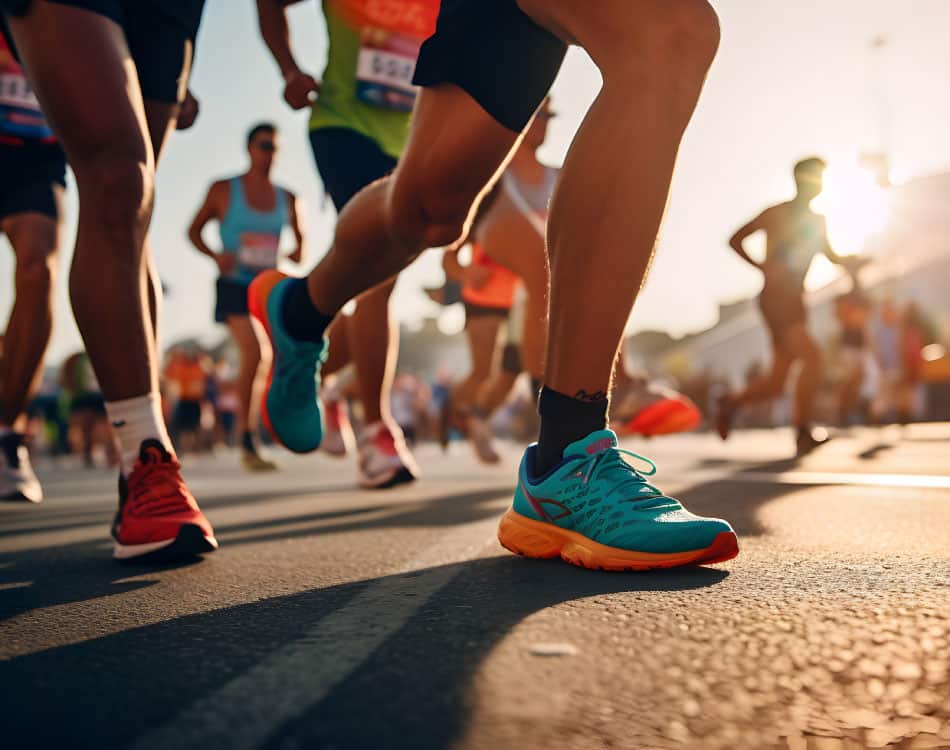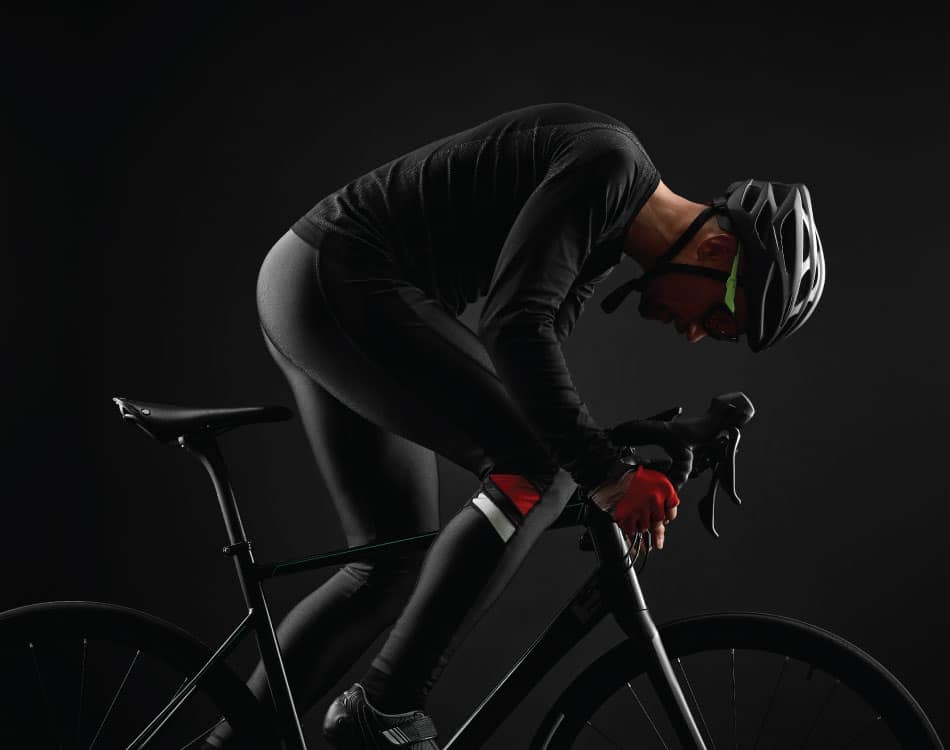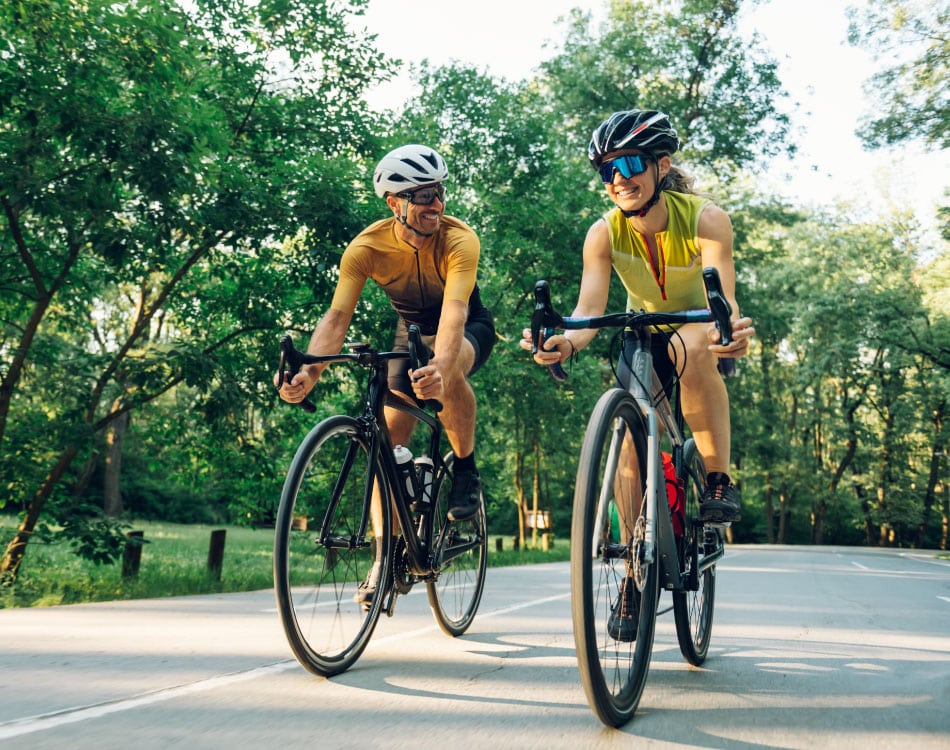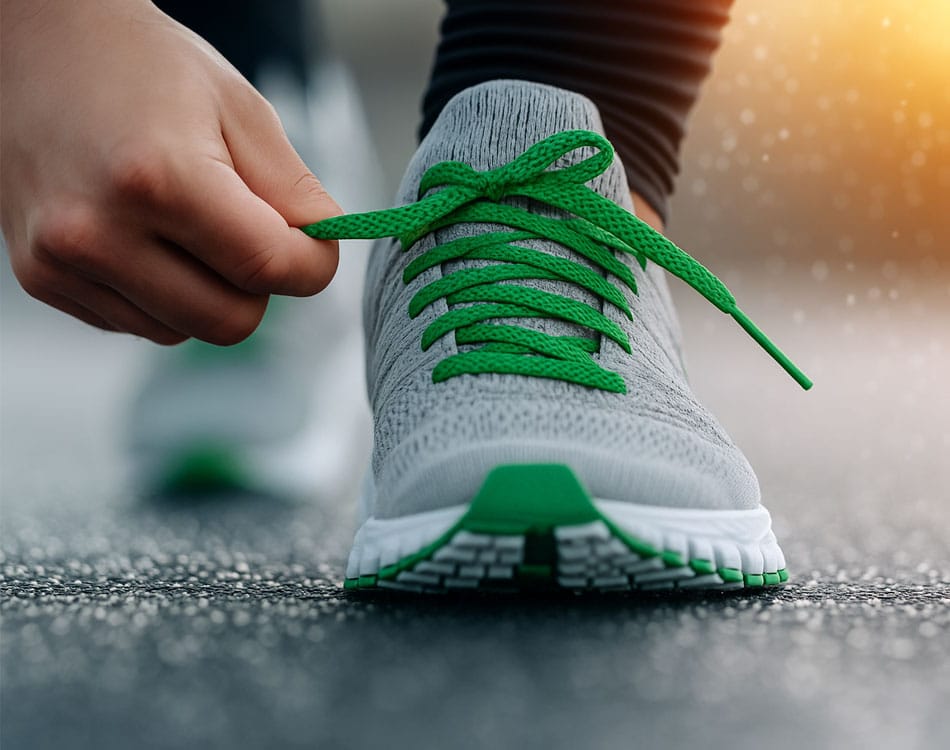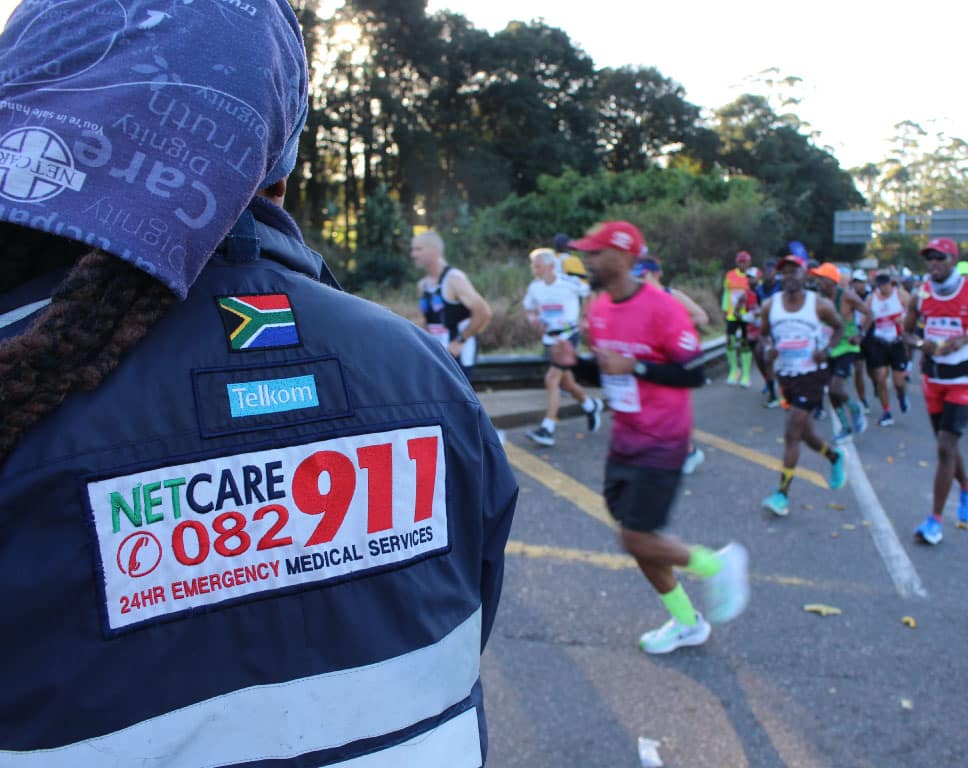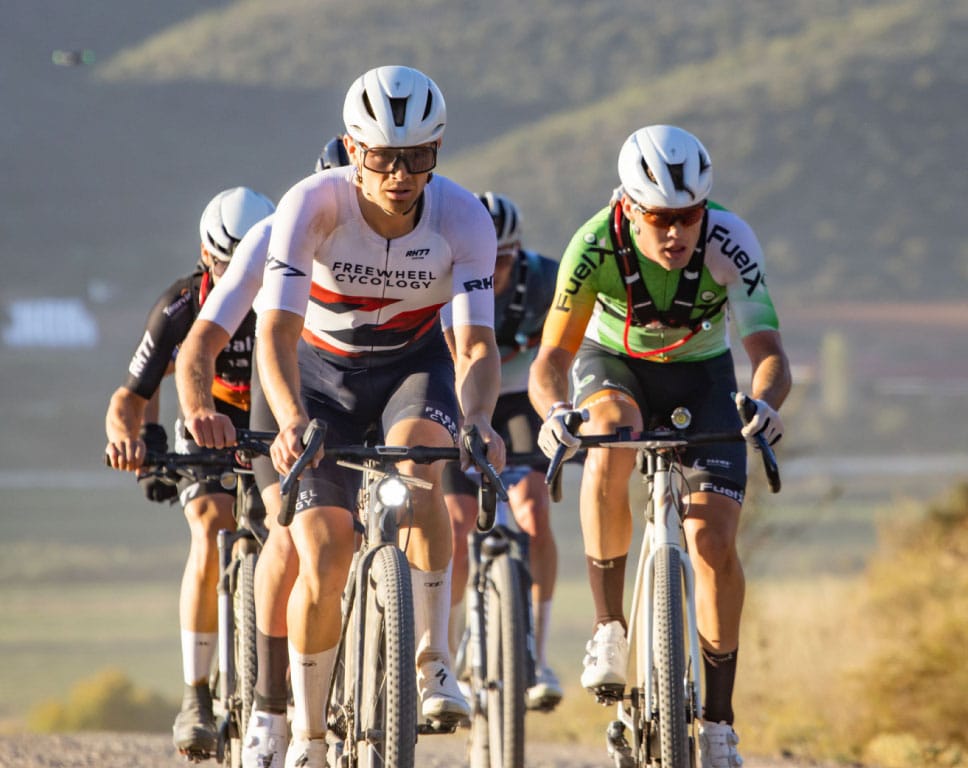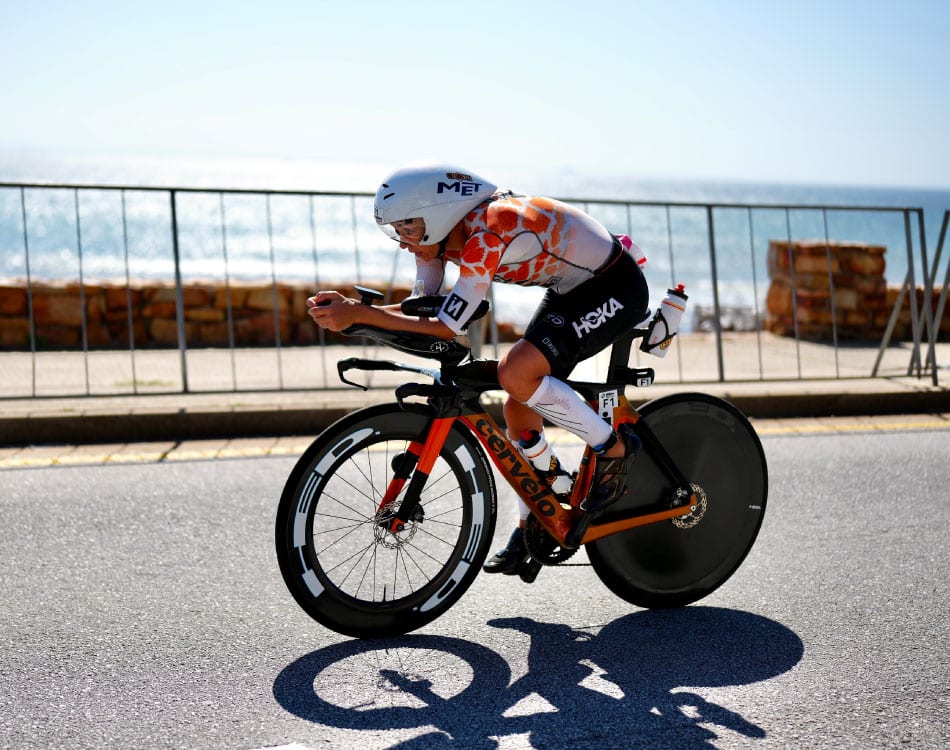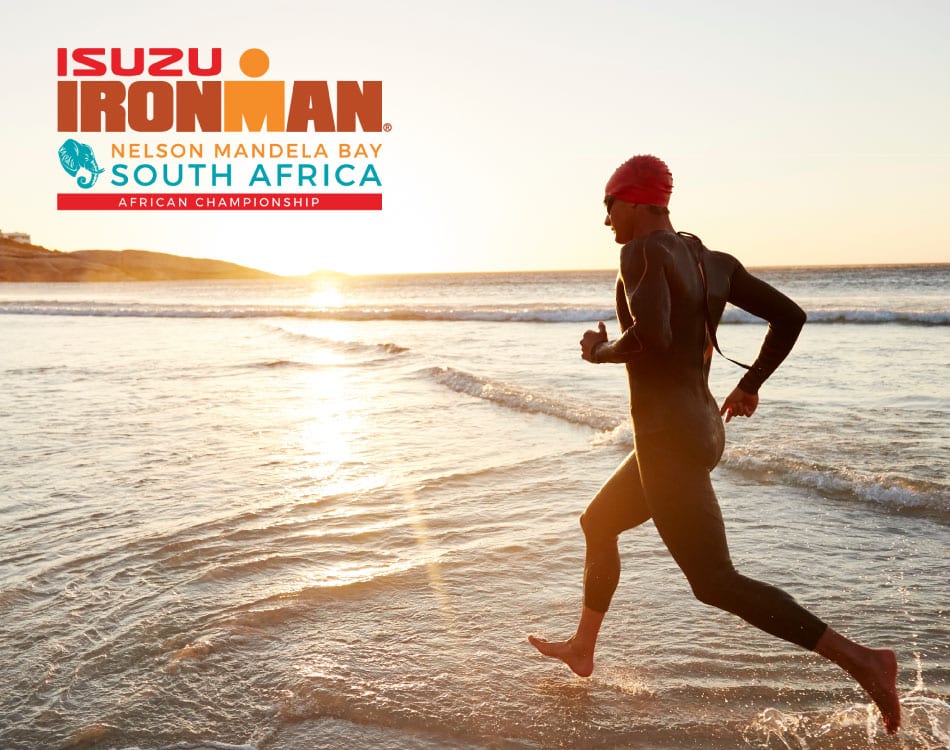Choosing the right pair of running shoes is crucial for a comfortable and injury-free run. With countless options available, it can be overwhelming to find the perfect fit.
This article will guide you through essential tips to select the ideal running shoes tailored to your specific needs and running style.
Running risks
As a high-impact activity, running is synonymous with injuries, which is why runners need to carefully consider the correct running shoe for their body and biomechanics.
Many running injuries are caused by the impact and loading experienced during high-volume and intense training, with the most prevalent injuries affecting the lower leg1, including the knees, ankles and feet.
As such, features such as cushioning, rebound, support, motion control and stability characterise running shoe development.
In more recent years, research and development into performance gains has shifted the focus to energy return, weight and the use of carbon plates.
With so many different needs and requirements, runners have a wealth of options available from a multitude of brands that cater to differing body weights, biomechanics and the surface on which you plan to run, be it road, trail or track.
Consider cushioning
Many runners prefer to stick to one brand and model for the duration of their running careers as they worry that switching shoes will lead to more injuries. After all, why fix something if it isn’t broken?
The issue is that running injuries remain prolific. According to research2, the incidence of running‐related injuries (RRIs) ranges from 20-70% or from 2.5 to 59 injuries per 1000 hours of running.
The average running shoe is a cushioned model with a high heel-to-toe drop, which materially alters our biomechanics and can create imbalances further up our posterior chain in our calves, hamstrings, glutes, back and neck by misaligning the plantar fascia.
Overly cushioned shoes can also weaken bones, ligaments and leg muscles if worn consistently.
Moreover, our feet are vital to our ability to balance and move in a coordinated manner. With 200,000 sensory receptors located in the muscle, tendons and connective tissue, our feet are vital to make a connection between the ground and our brains, via a sensory feedback loop, to aid proprioception – our ability to sense our limbs in space, and control and coordinate movement. Overly cushioned shoes can distort or severely reduce this vital ‘connection’.
Build resilient feet and legs
While it is vital to find the right pair of running shoes, runners who train in a variety of shoes with different characteristics can build more resilient feet and legs.
The idea of a well-structured shoe rotation plan is to promote healthy movement patterns by getting muscles, connective tissues and all the joint structures in your legs to function differently because without change there is no adaptation.
When these adaptations stop, muscles and joints can weaken over time, making them more prone to injury.
A firm or minimal sole can also enhance your natural biomechanics by getting your entire foot, heel and all, closer to the ground. By improving proprioception in this way, runners can strengthen their feet and legs to run faster and more efficiently.
It is a good idea to have a shoe with good cushioning and a high to medium (8-10mm) heel-to-toe drop for long runs and easy or recovery runs, and a lighter, more flexible shoe with less cushioning and a lower drop (below 8mm) for shorter, faster runs and speed or track work.
Replace worn-out shoes
Another major culprit in running injuries is direct trauma from running in worn-out shoes, especially on the road.
Regardless of how a runner’s feet strike the ground, following repetitive impact on the same spot, the cushioning in these areas will wear away and expose parts of the foot to more direct force during impact.
This can cause stress fractures or biomechanical issues in the knee and hip due to compensation patterns developing.
Consider the entire body
One final yet extremely pertinent consideration is that optimal running is about far more than just your foot strike.
While the link between running and injury risk is clear, boiling the debate down to the idea that your shoes are the root cause of injuries trivialises the complexity of running and the role whole-body biomechanics plays in the process.
In fact, a large and growing body of research1 suggests that “weakness of hip-stabilising muscles leads to atypical lower extremity mechanics and increased forces within the lower extremity while running”, which increases injury risks.
An injury-free runner is usually strong, with a solid and powerful core (your abs and glutes), with adequate leg muscle strength in both the concentric (muscle contracting or shortening) and eccentric (muscle lengthening) phases of their running gait cycle, with the requisite hip, knee and ankle mobility to facilitate efficient movement.
Hoping that an expensive pair of shoes will resolve all your running-related injuries is an ill-conceived notion that seldom yields the results you’re after.
Running shoe buyer’s guidelines
Buying expensive running shoes from a well-known brand won’t deliver the benefit if it doesn’t fit you properly or fail to meet a functional requirement.
If you want to realise the full value of your investment, choose a pair that suits your specific needs by following this checklist:
1, Choose the right shoe
Shoes have different cushioning systems for use on the road or on trails. A treadmill, road, or mountain trail requires different features in terms of grip, support, durability and cushioning.
As such, it is vital to buy shoes that are fit for purpose. You can pick up injuries if using it for the wrong purpose.
2. Understand your biomechanics
Runners generally fall into one of three broad categories:
- Over-pronators
- Neutral runners
- Supinators
Get an expert gait analysis at a specialist running store or at a biokineticist or podiatrist to determine your specific biomechanics and foot strike pattern.
These insights will inform the right type of shoe for your running style and biomechanics. These factors determine how much support or motion control you need and where it’s located on the shoe.
3. Get the right size
Consider both length and width. Sizing can also vary between brands, so don’t assume your standard shoe size applies to all options.
A good rule of thumb in terms of length is to have a little extra room in your shoe near the toe area. This will provide space for the natural forward movement that occurs while running to reduce issues such as hammer toe.
A wide toe box is ideal to accommodate any foot swelling and gives your foot room to splay in the manner it was naturally designed to. Selecting the right size can also help prevent blisters.
4. Consider weight
Don’t forget to consider your weight and the weight of the shoes. Lighter shoes are generally best for running efficiency and economy, which is ideal for racing. More cushioned shoes are typically heavier but offer benefits on long and easy runs to reduce impact forces.
5. Choose function over form
While looking good is an important element to consider, feeling good and functioning optimally is even more important. As such, don’t buy a shoe based solely on its appearance. Get the right tool for the job as shoes are designed for specific activities and offer varying degrees of support.
6. Invest in yourself (and your feet)
Don’t be deterred by price when buying running shoes. While you may pay more for quality and technology, the product will last you longer and will also improve performance and reduce your injury risk.
References:
- Ferber R, Hreljac A, Kendall KD. Suspected mechanisms in the cause of overuse running injuries: a clinical review. Sports Health. 2009 May;1(3):242-6. doi: 10.1177/1941738109334272. PMID: 23015879; PMCID: PMC3445255
- Nielsen RO, Nohr EA, Rasmussen S, Sørensen H. Classifying running-related injuries based upon etiology, with emphasis on volume and pace. Int J Sports Phys Ther. 2013 Apr;8(2):172-9. PMID: 23593555; PMCID: PMC3625796.

